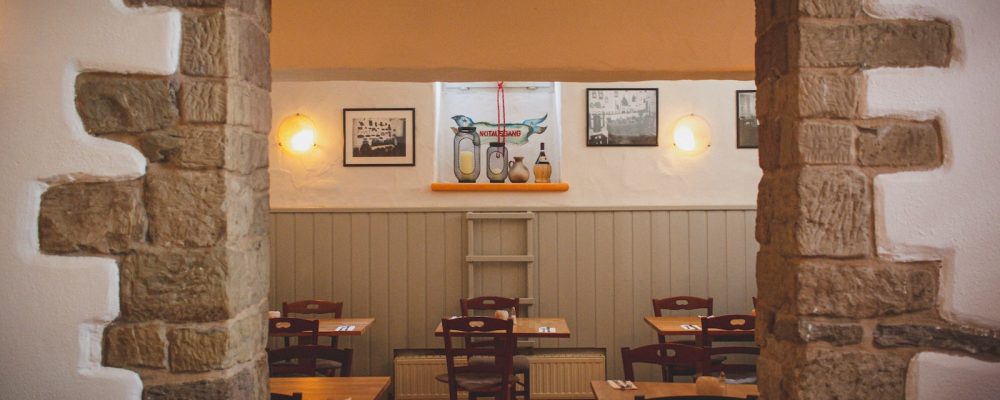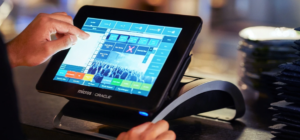Snap, Cook, Shoot: The Ultimate Food Photography Guide
Food photography is a growing trend in today’s world of social media where people love to share their food experiences with others. Capturing a great food photograph requires a blend of talent, technique, and creativity. Whether you are a professional photographer, a food blogger, or just a foodie looking to capture your culinary delights, this guide will help you take your food photography to the next level.
The first step to capturing a great food photograph is to choose the right lighting. Natural light is the best option for food photography, as it brings out the natural colors and textures of the food. If you are shooting indoors, try to place your subject near a window or use artificial light sources that mimic natural light. Avoid using direct flash as it can create harsh shadows and make your food look flat.
The next step is to style your food to make it look appetizing. Choose a simple and clean backdrop that complements your food, and use props sparingly to avoid clutter. When styling your food, consider the color, texture, and shape of the ingredients. Use garnishes, sauces, and seasoning to add a pop of color and flavor to your dish. Remember that the goal of food photography is to make the viewer want to eat the food, so make sure your dish looks appealing and irresistible.
The Art of Capturing Culinary Delights: A Menu Photography Guide
Menu photography is a crucial aspect of the restaurant industry, as it is the first point of contact between the customer and the food. A great menu photograph can entice customers to try a new dish, while a bad one can turn them away. To capture great menu photographs, you need to have a good understanding of your target audience and the restaurant’s brand.
The first step in menu photography is to understand the restaurant’s brand and the type of food it serves. If the restaurant caters to a high-end clientele, the photographs should be sophisticated and elegant. If the restaurant serves family-style meals, the photographs should be warm and inviting. The photographs should also highlight the unique selling points of the restaurant, such as the use of locally sourced ingredients or the chef’s signature dish.
The right Props and Settings For Food & Menu Photogrpahy
The next step is to choose the right props and setting for the photograph. The props should complement the food and not overshadow it. The setting should be simple and clean, yet visually appealing. If the restaurant has a particular theme or decor, the photograph should reflect that. The goal of menu photography is to showcase the food in the best possible light and make the customer want to order it.
In conclusion, food and menu photography require a mix of technical skill, creativity, and attention to detail. Whether you are a professional photographer or a food blogger, follow these tips to capture great photographs that showcase the beauty and deliciousness of your culinary creations. Remember to experiment with different angles, lighting, and styling techniques until you find your unique style. With a little practice and patience, you can create mouth-watering photographs that will leave your audience wanting more.







